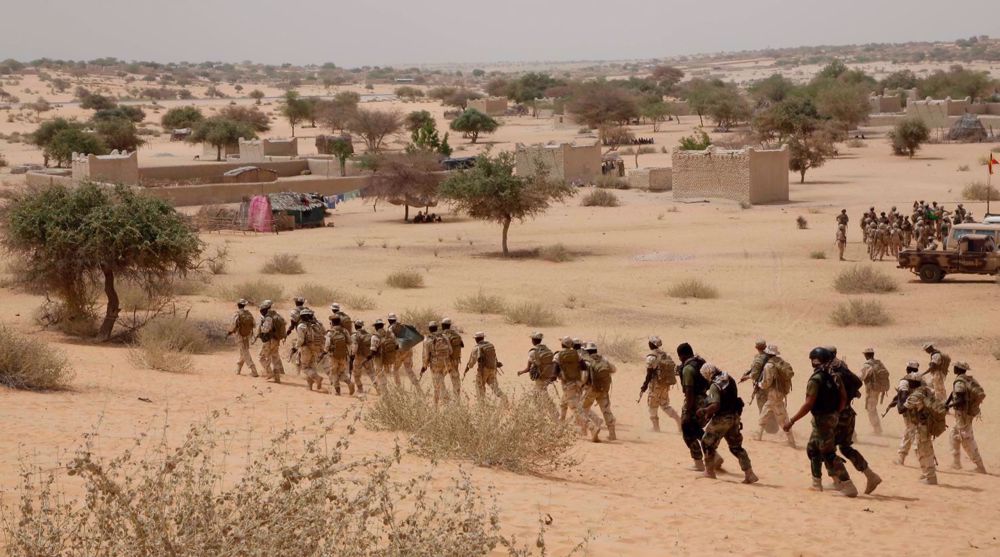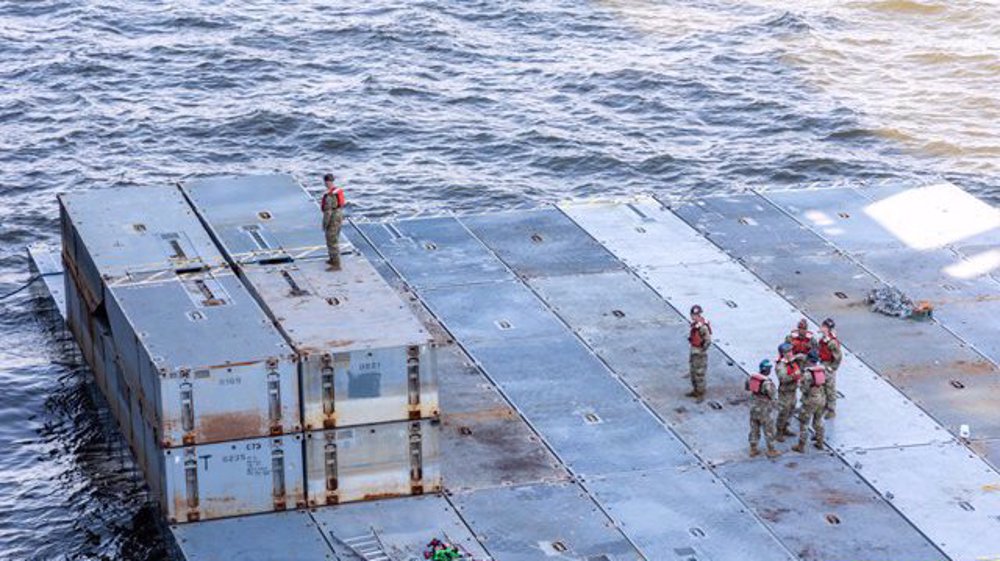Top US general proposes resuming strikes against Taliban
A senior American general has recommended the White House resume offensive airstrikes against the Taliban in Afghanistan, according to a report.
General John F. Campbell, who was the commander of US forces in Afghanistan until earlier this month, broke with standard military procedure in recent weeks and sent his proposal directly to the White House without giving a notice to Defense Secretary Ashton Carter, the Washington Post reported.
The move angered senior Pentagon officials who said it exposed the rift between the administration and the military on the US role in Afghanistan.
The general, who will soon retire from the US Army, denied that he went around his civilian bosses at the Pentagon.
“I forwarded my recommendations through my chain of command, always have, and this time was no different,” he told the Post in an email.
Campbell recently told soldiers at a US base in Afghanistan that Taliban militants believe “they are operating from a position of strength” in the absence of a robust US military presence in the country.
A senior Pentagon official told the Post that Secretary Carter is open to boosting support to Afghan forces struggling to push back against resurgent Taliban forces, but “that doesn’t mean that he’s ready to veer in a different direction.”
“There’s been no good, strong case for why doing that would change things in a way that’s helpful,” the official said of the recommendations by Campbell.
The proposals call for authorizing US air support for Afghan operations against the Taliban, air raids against Taliban leaders, and deploying US military advisers to assist Afghan forces close to the frontlines.

Afghanistan is facing a resurgence of the Taliban 14 years after the US and its allies attacked the country as part of the so-called war on terror.
Currently, US commanders can order airstrikes against the Taliban only when the militants pose a direct threat to US forces or Afghan troops.
Gen. Campbell argued that there is no appetite on the part of Taliban leaders to come to the negotiating table for peace talks because the United States is “downsizing.”
“So the only thing I can affect is my authority to strike different groups and my authority to provide different enablers to the Afghans,” he said in a recent interview with the Post.

Pentagon officials said they would wait until the new commander of US forces in Afghanistan, Gen. John W. Nicholson, concludes his war assessment, which will address the question of airstrikes and force levels.
Retreating from a major campaign pledge to end the war in Afghanistan, President Barack Obama announced late last year that he would keep thousands of US troops in the country past 2016.
The White House plans to cut US troop levels in Afghanistan from 9,800 to 5,500, later this year.
Iran emerges as regional medicine hub, data show
US campus protests: Over 100 imams, scholars declare solidarity with students
Resistance strikes against Israel will stop when Gaza war ends: Hezbollah
VIDEO | Patience and Palestine
VIDEO | Captives' families
Iran condemns new sanctions by US, Britain and Canada
India students union slams crackdown on pro-Palestine campus protests in US
UN experts urge Israel to allow Freedom Flotilla’s ships to safely reach Gaza
















 This makes it easy to access the Press TV website
This makes it easy to access the Press TV website